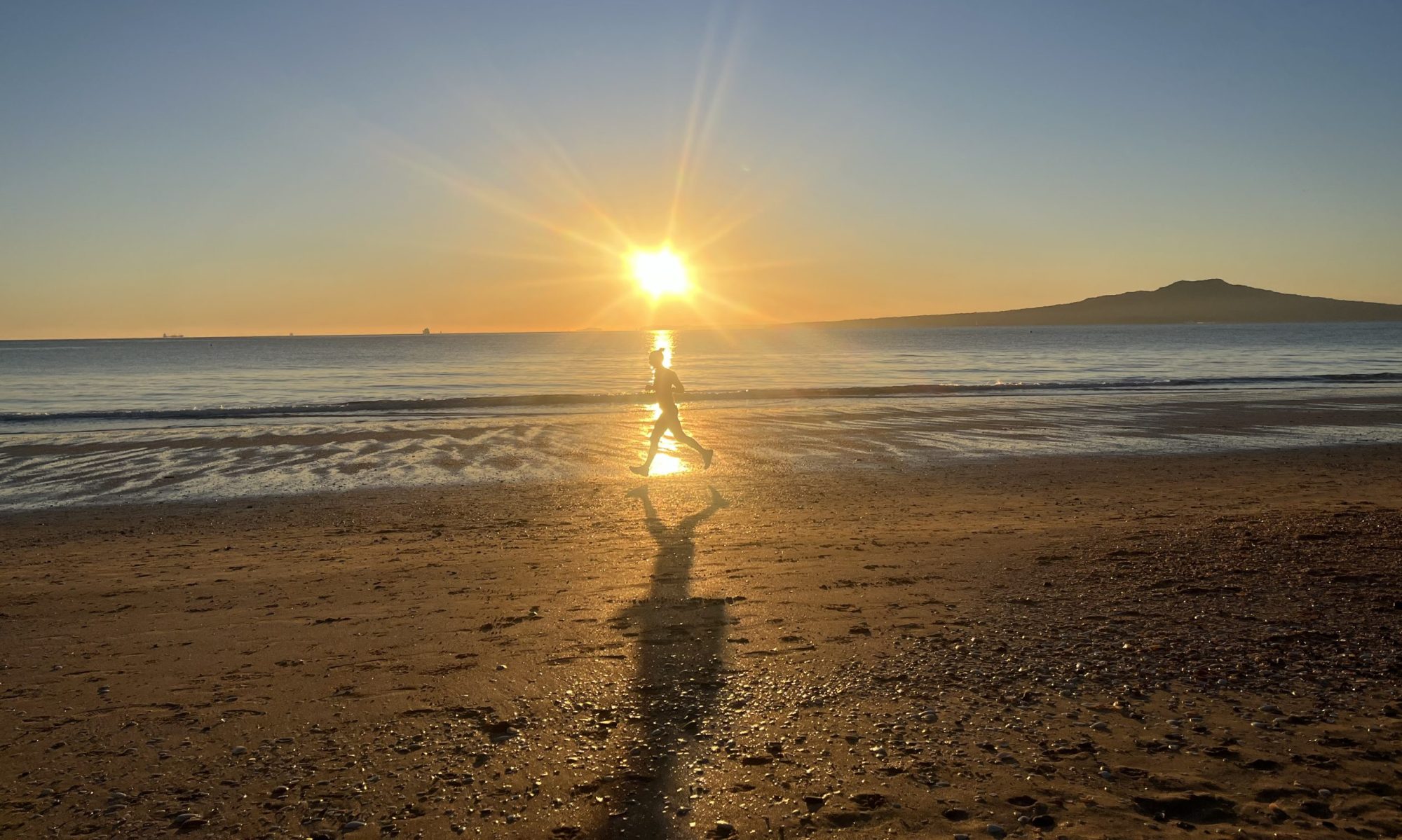Massage Therapy dates back to around 3000BC in India through the use of techniques such as Aromatherapy and Meditation.
Three hundred years later, Chinese Medicine came to light with the use of Acupressure and Acupuncture to alleviate blocked energy in the body (Meridian lines) that Chinese doctors believed caused illnesses.
In Egypt around 2500BC, Egyptians started documenting connections in the human body ie. how one dis-eased site in the body may be the cause of discomfort in another. Reflex points in the hands and feet were treated to work on the whole body.
Japanese monks developed Tui Na around 1000BC which formed into Anma – the earliest form of Shiatsu – a method used to increase circulation throughout the whole body while alleviating stress and encourage the body’s natural ability to heal.
The earliest form of Sports Massage formed in Greece around 800BC. Grecians, being naturally athletic developed methods to relieve adhesions (knots) from muscles to maintain their athleticism.
Swedish Massage! Now, there has been a fair amount of debate as to whom the creator of Swedish Massage was.
On one hand you have Swedish educator Pehr Henrik Ling ‘The Father of Physical Therapy’ who developed movements to help with flexibility and function which included some massage techniques. On the other hand you have the Dutch Physicist Johann Georg Mezger whom was born in 1838 (a year before Mr Ling passed on) and developed physiotherapeutic massage techniques around 1868.
Today Remedial (Therapeutic) Massage Therapy combines techniques developed over the centuries. We use techniques designed to activate weakened muscles, open/ separate adhered muscle fibers to allow for more range of motion, we assist in stretching techniques called Proprioceptive Neuromuscular Facilitation, we use all the techniques Mezger designed such as tapotement and to release lactic acid and cell waste. To minimise the amount of pain necessary massage techniques can produce, we use a technique called Muscle Energy, which relaxes the muscle through contraction (nerve communication), and many more useful techniques.

Endurance Massage Therapy
Holistically approaching causes of musculoskeletal discomfort by facilitating your body’s natural ability to heal.